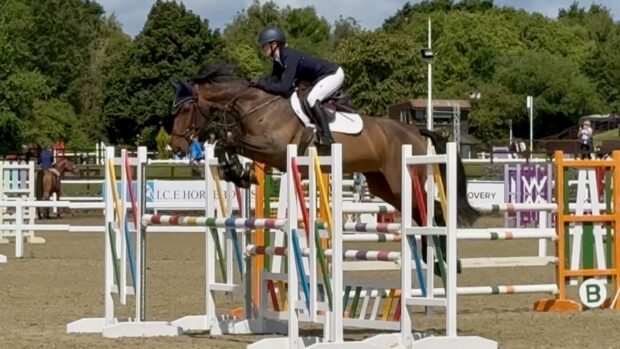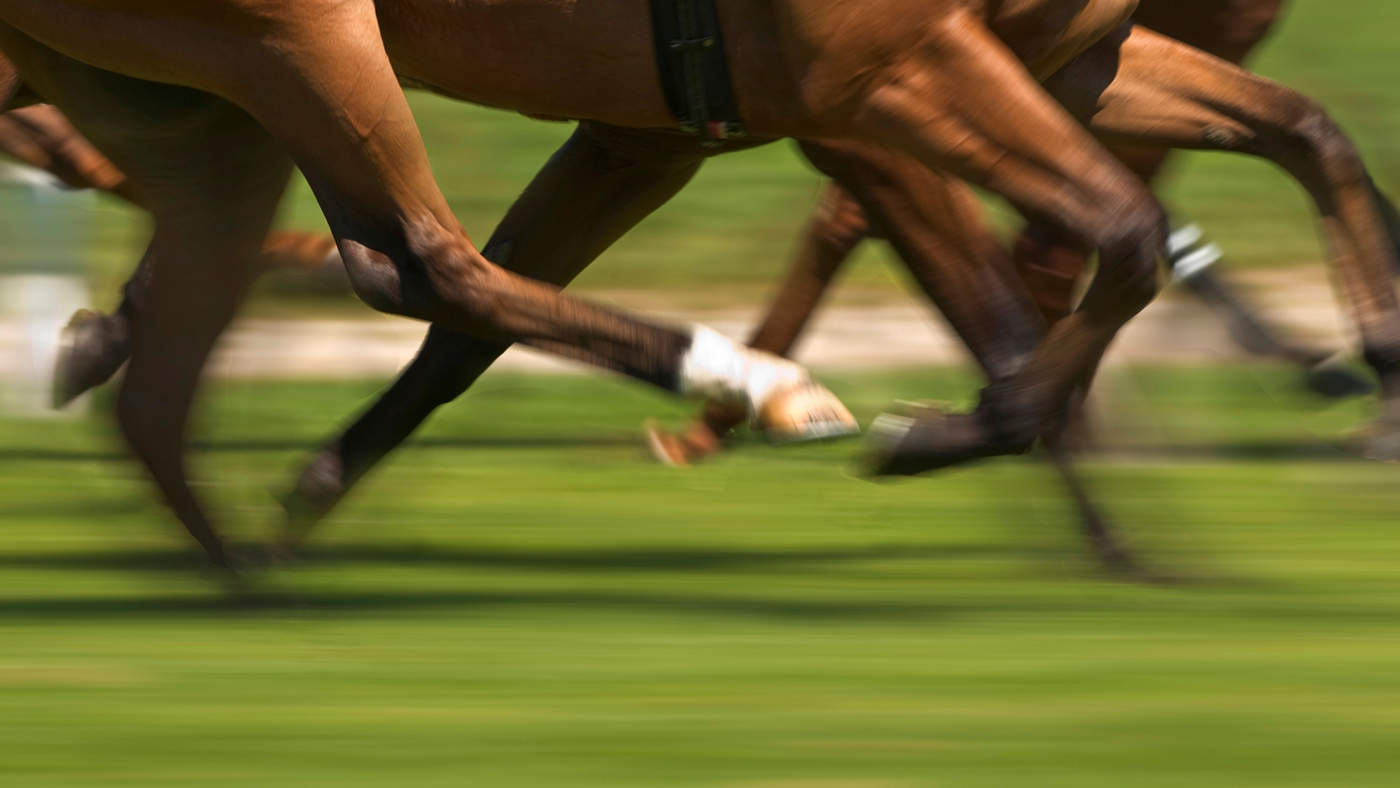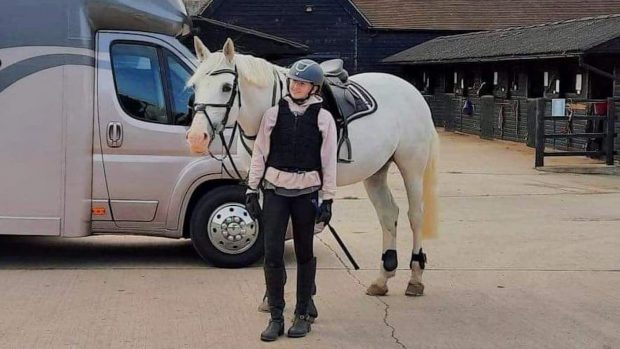Over the past five years, a number of veterinary research projects have focused on injuries to racehorses. In particular, the studies have identified factors that alter the risk of horses sustaining fractures of the lower leg during racing, and factors that increase the risk of horses falling during national hunt racing.
The results of these studies have been presented to representatives of the racing industry and have been published in scientific journals. If the findings are acted upon appropriately, and suitable injury-avoidance strategies devised, horses racing in the UK can expect to be safer than at any time in the past.
The study of lower leg fractures showed the importance of training horses at racing speed, not for long distances but for short “spurts” of gallop work. If the horse’s skeleton is exposed to the stresses generated at racing speed, it will adapt and strengthen appropriately.
Races at the start of a horse’s career have been identified as higher risk than races later on, when bone adaptation is more advanced. To minimise the risk associated with these races, the industry has initiated a programme of 13/4-mile national hunt flat races rather than the standard two miles.
It has also been found that horses are more likely to fall when jumping hurdles for the first time under race conditions. Some innovative racecourse “schooling races” have been introduced to give young horses experience of jumping obstacles under racing conditions, but in a less competitive environment.
Acting on the results of scientific research is just as important as conducting the research. Horses will only benefit from equine welfare research if it translates into altered management, novel diagnostic methods or treatments. Sometimes the hardest step in this process is moving from “interesting research finding” to “applied equine science”.
SUBSCRIBE TO HORSE & HOUND AND SAVE Enjoy all the latest equestrian news and competition reports delivered straight to your door every week. To subscribe for just £1.43 a copy click here >>
|



